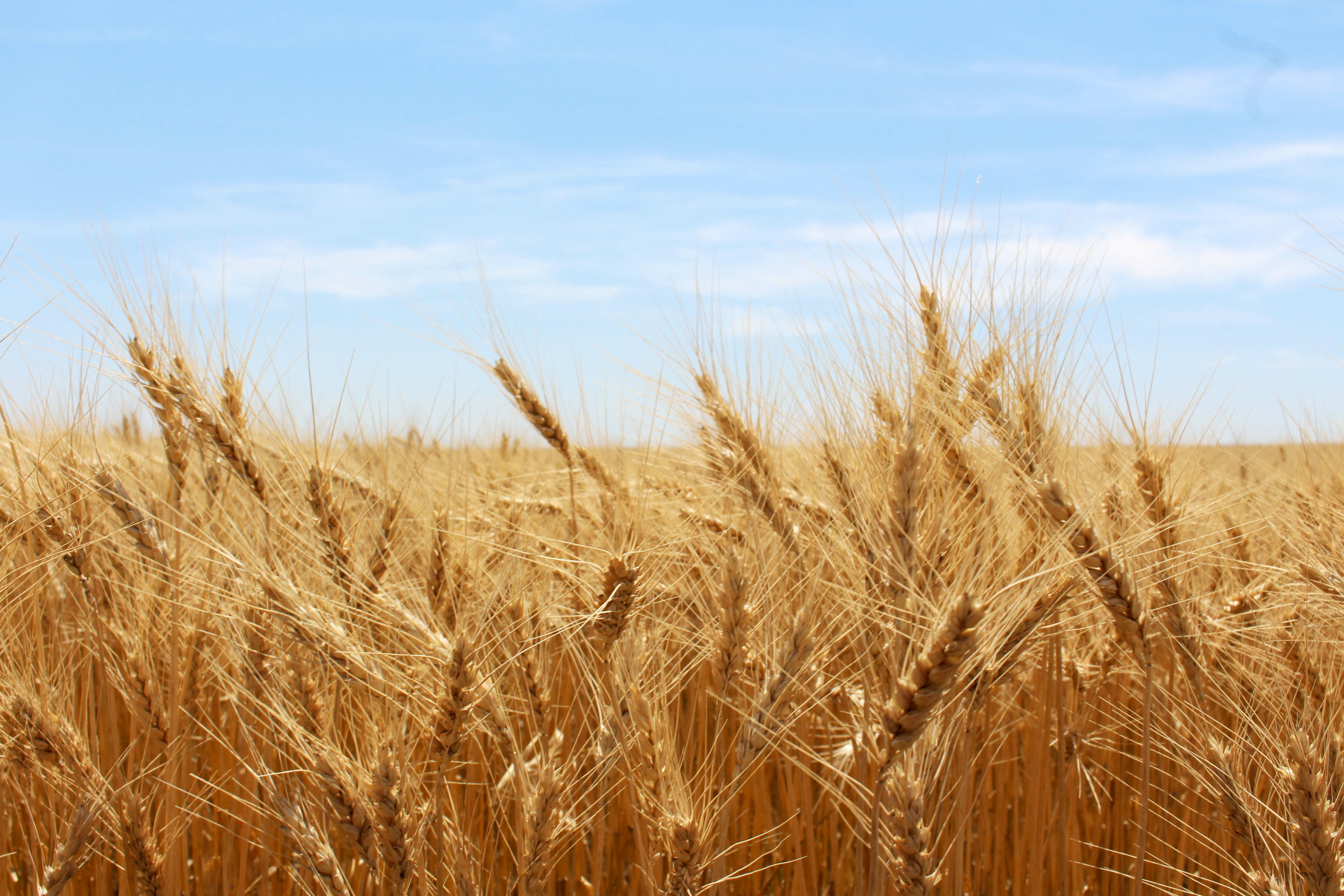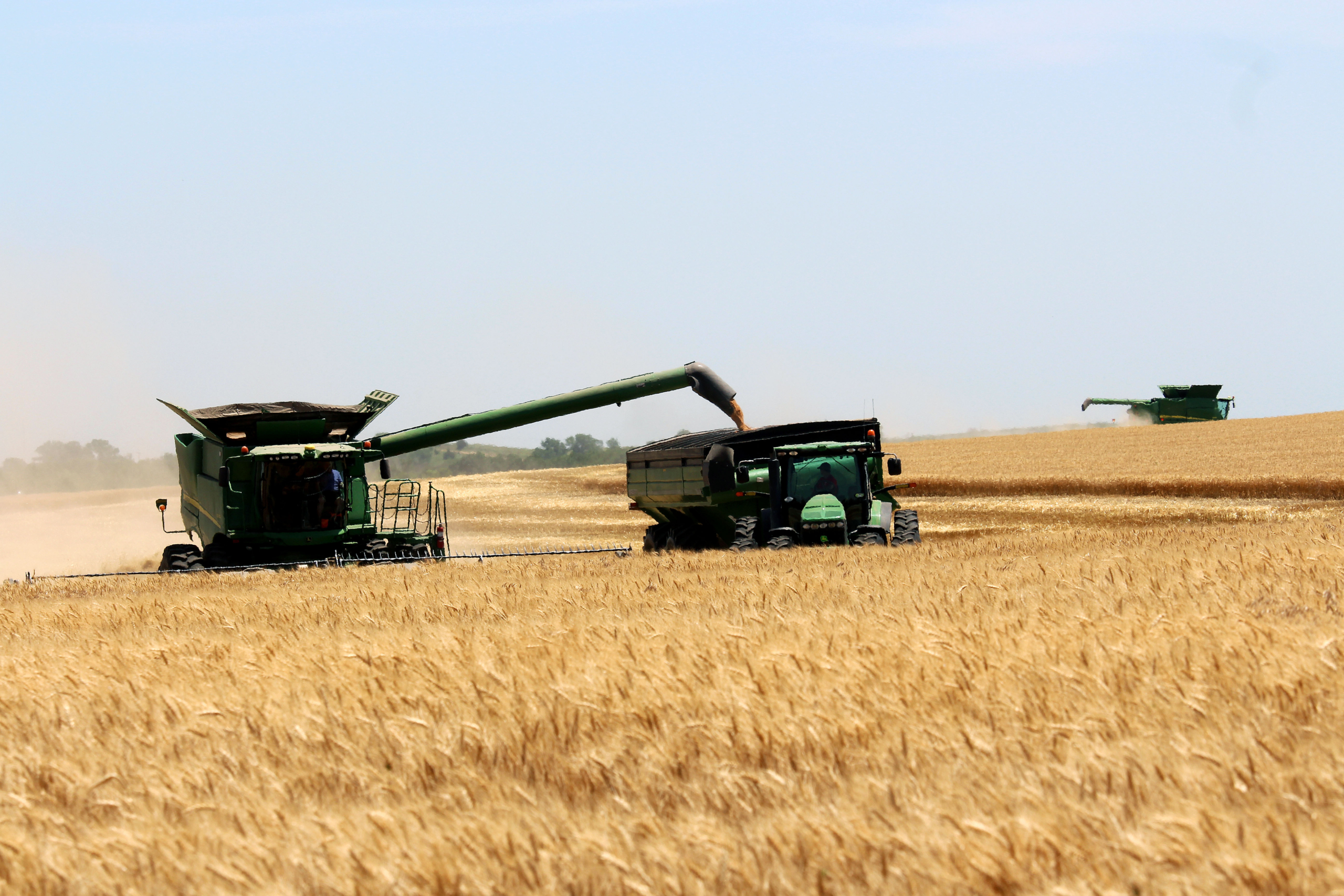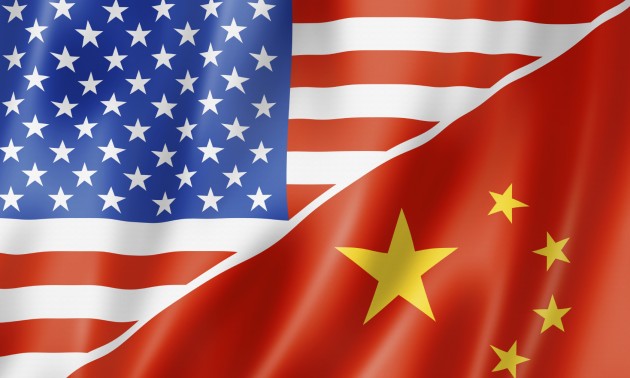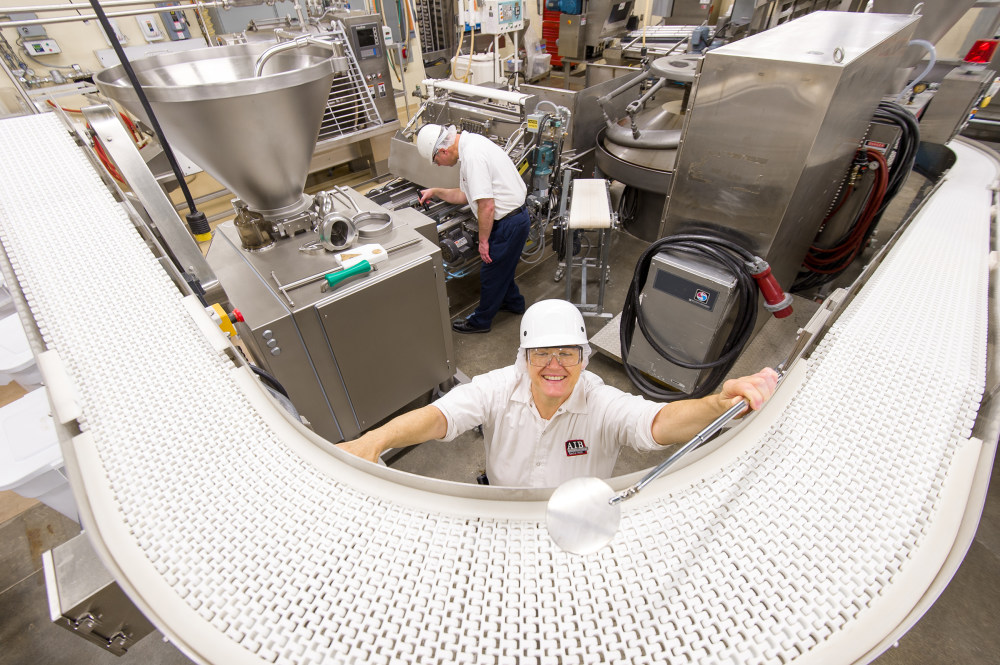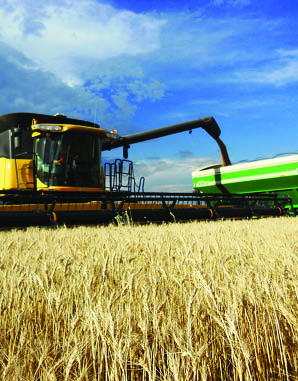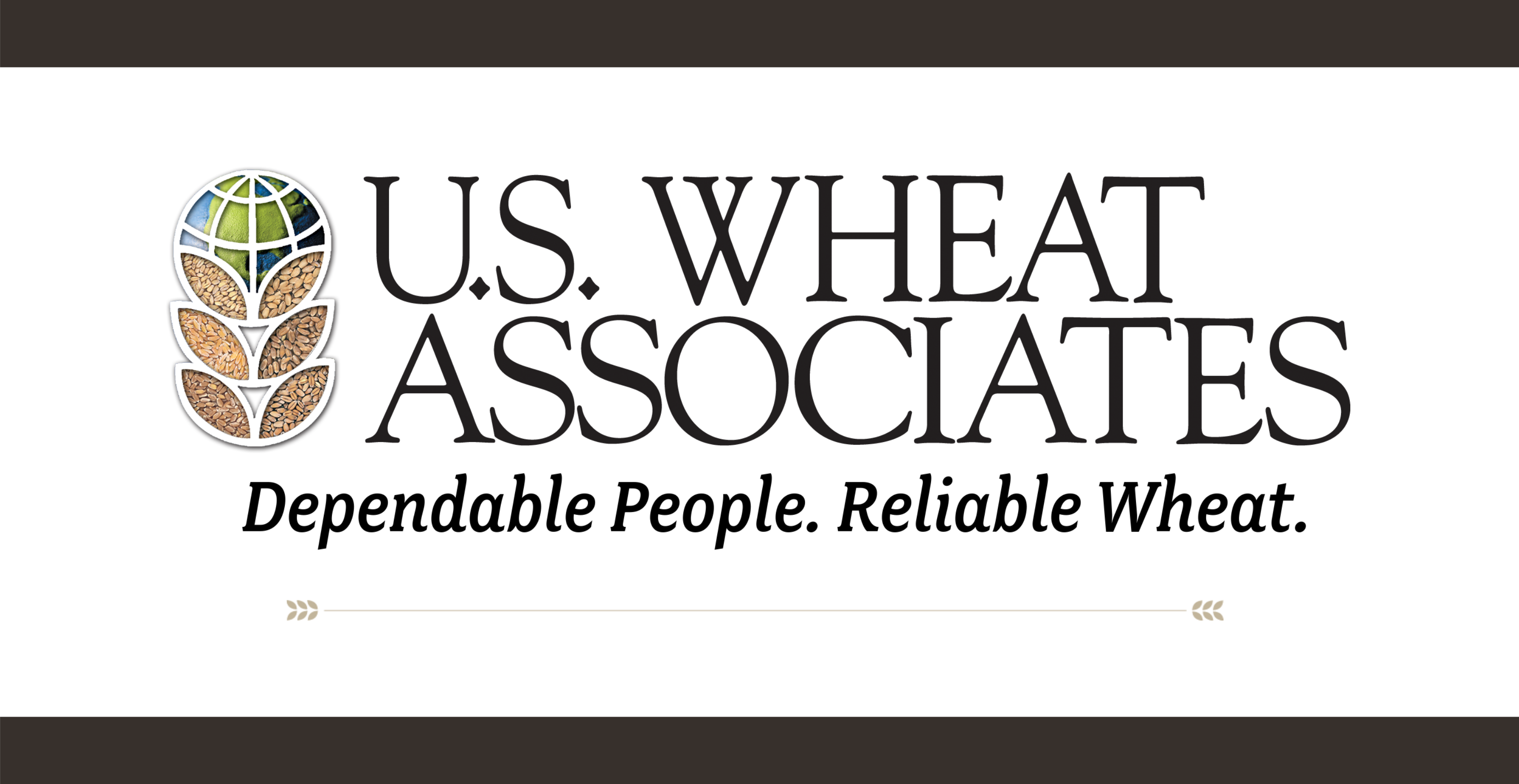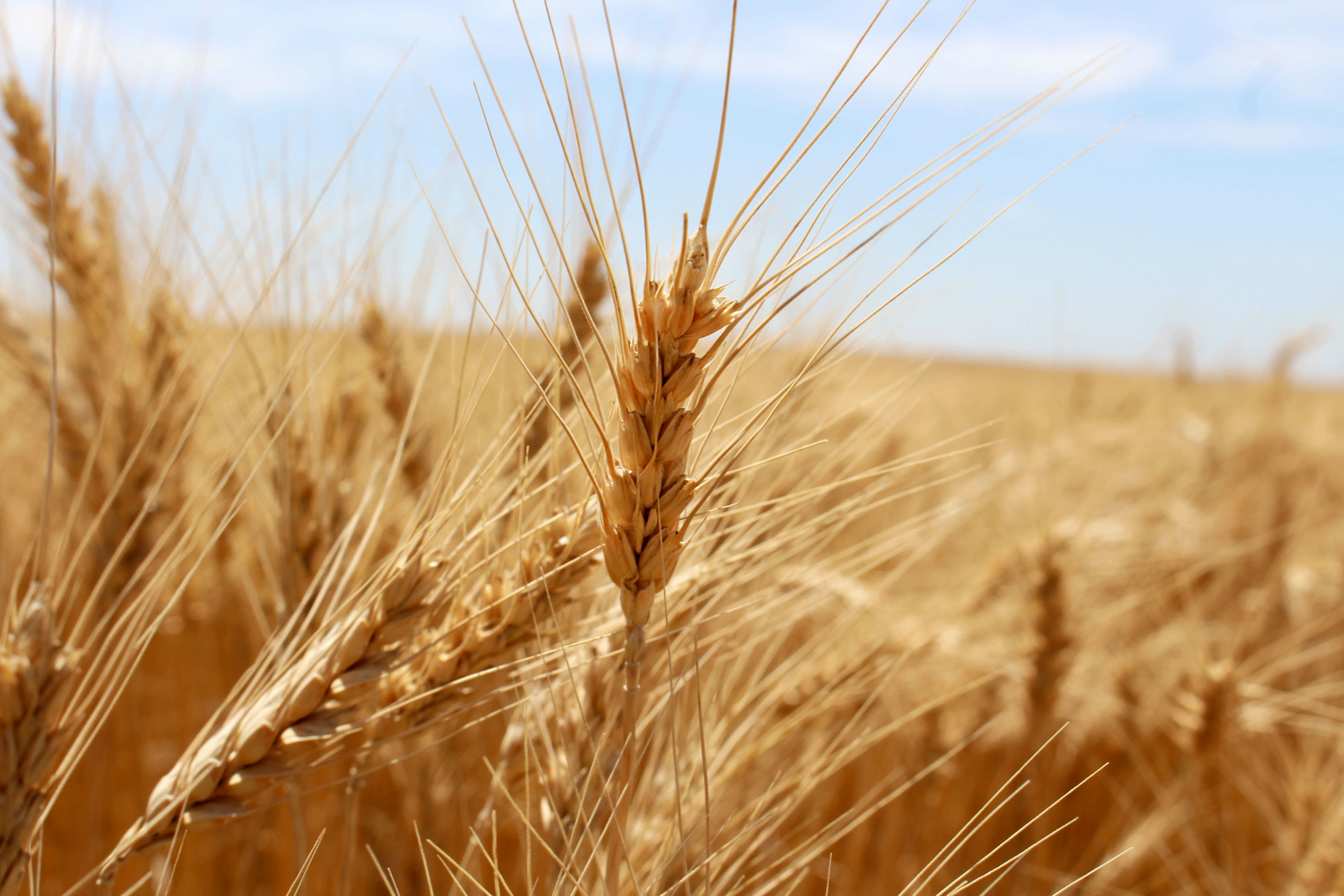By Jennifer Latzke, High Plains Journal, May 22, 2018, Excerpts Reprinted with Permission
Editor’s Note: This article covers innovative ways wheat farmer organizations and public universities in several Plains states are investing to produce more wheat with improvements for farmers and end users in ways that are most sustainable.
The reports from the U.S. Department of Agriculture can feel bleak. This year farmers are projected to plant the second lowest total wheat acreage on record for the U.S. since 1919 — 47.3 million acres.
Winter wheat acres for 2018 are at the second lowest acreage since 1909, at 32.7 million acres. From new branding efforts, to new structures, to innovative research many scientists and industry professionals across the High Plains are working to ensure that the breadbasket of the world stays right here.
Farmers growing hard white (HW) winter wheat have dealt with a “Catch-22” situation for years. To grow demand, they must grow more white wheat. But to grow the quantities to meet demand, they must have an established market for the wheat that makes segregation worth the price.
Kansas Wheat is rolling out a branding campaign, “High Plains Platinum,” that aims to capture the added value of hard white wheat while still growing production.
Aaron Harries, vice president of research and operations with Kansas Wheat, explained that Platinum is a project developed with a grant from the Kansas Department of Agriculture to establish and promote the high quality of hard white winter wheat grown in Kansas. Farmers plant Platinum-identified hard white winter wheat varieties that have excellent quality characteristics that millers and bakers demand. At harvest, the farmer takes his Platinum white wheat grain to a participating elevator that can then market that wheat to buyers as meeting the standards established by the program.
“It’s an effort to differentiate by establishing a market for hard white wheat through branding,” Harries said … In this case, Platinum white wheat must have: a minimum 12 percent protein; a minimum 60-pound test weight; less than 11.5 percent moisture; and contain less than 2 percent other classes of wheat. However, because of grain inspection rules a label or certificate can’t be attached to white wheat coming from a producer’s field.
With this attempt to establish a level of quality under the Platinum name, the hope is farmers and elevators can fully capture the value of their crop. And if this proves successful, the hope is neighboring states can come on board under the Platinum umbrella too.
Oklahoma Builds Capacity. In November 2017, [Oklahoma Foundation Seed Stocks] (OFSS) cut the ribbon on its new 20,000-square-foot facility at the Oklahoma State University Agronomy Research Station in Stillwater … to support the growing demand for certified seed from the public breeding program at Oklahoma State University.
Jeff Wright, coordinator of production and operations at OFSS, said this facility’s improved storage space means they can keep larger numbers of seed available for seedsmen to increase earlier in the variety release process.
“We are trying to have a larger amount of seed available so that when we do release a variety, it can get to the farmer at the end certified level quicker,” Wright said …
Currently, the Oklahoma Wheat Commission estimates that half of all the state’s wheat acres are planted with OSU-bred varieties. Sales revenue from those varieties goes back to OFSS to support future wheat breeding and research efforts. OFSS also licenses certain wheat varieties to Oklahoma Genetics, Inc.
Colorado Releases Grassy Weed Control. Grassy weed control in wheat acres is a challenge to growing high quality grain the market demands. But a new discovery out of Colorado State University is poised to revolutionize the market.
CoAXium is a wheat production system using the genetic trait, AXigen, identified through traditional wheat breeding methods at Colorado State University. Wheat varieties with the AXigen gene are immune to … a Group 1 ACCase inhibiting herbicide that controls grassy weeds, such as brome, feral rye, jointed goatgrass and wild oats.
Brad Erker is the new executive director for the Colorado Wheat Research Foundation. The CWRF takes ownership of CSU wheat varieties, and provides money to the wheat breeding program from royalties charged on those varieties …
“If we have a successful launch of a trait from a public institution like this, it shows that trait development at CSU is fruitful,” he said. “It could be the start of more patentable traits, and proving we can tackle the big problems wheat farmers face.”
Texas Drones Gather Data … Jackie Rudd, Texas A&M University wheat breeder, explained how his breeding program is utilizing new technology to better capture and crunch data.
“We’ve used a lot of sensor type data collecting rigs…” he said. “But this year we jumped in and we are using a drone to fly over plots and collect data.” Texas A&M invested in a data processing system that … tabulates that data and in a day’s time Rudd has at his fingertips plot by plot data and can make breeding decisions.
“We are increasing our efficiency and doing more with the resources we do have. We can reduce the time frame new varieties come out, and provide growers more and better material.”
And, the drone flyovers can happen on a daily basis, allowing Rudd to see how the plant changes day by day according to weather and other stressors. This year alone he’s been able to see daily changes to moisture on the dryland plots that he’s never been able to capture and quantify before. That makes a big difference when you’re trying to breed the next wheat variety that will perform well in harsh environmental conditions.
Nebraska Uses Genetic Markers for Improvement. Data is the key to finding the next great wheat variety. Today, with the sequencing of the wheat genome, Stephen Baenziger, wheat breeder for the University of Nebraska, can use genetic markers along with estimated breeding values to better select what lines to advance in his purebred and hybrid wheat variety trials.
“So, let’s say you go to a field and a couple of lines look similar, but you can predict one will work better,” Baenziger said. “Phenotypic data augmented with genotypic data shows us which is better.” It’s evaluating by sight, but also with genetic information found from DNA sequencing.
In 2016, … genomic data saved six years of wheat breeding and countless dollars invested. Ultimately, this tool means his program can be more efficient and provide a quicker return on investment for wheat growers …
“We are committed to the economic sustainability of the American farmer,” Baenziger said. “We’re going to try to get high quality and profitable wheat and save farmers money while they produce more.”

